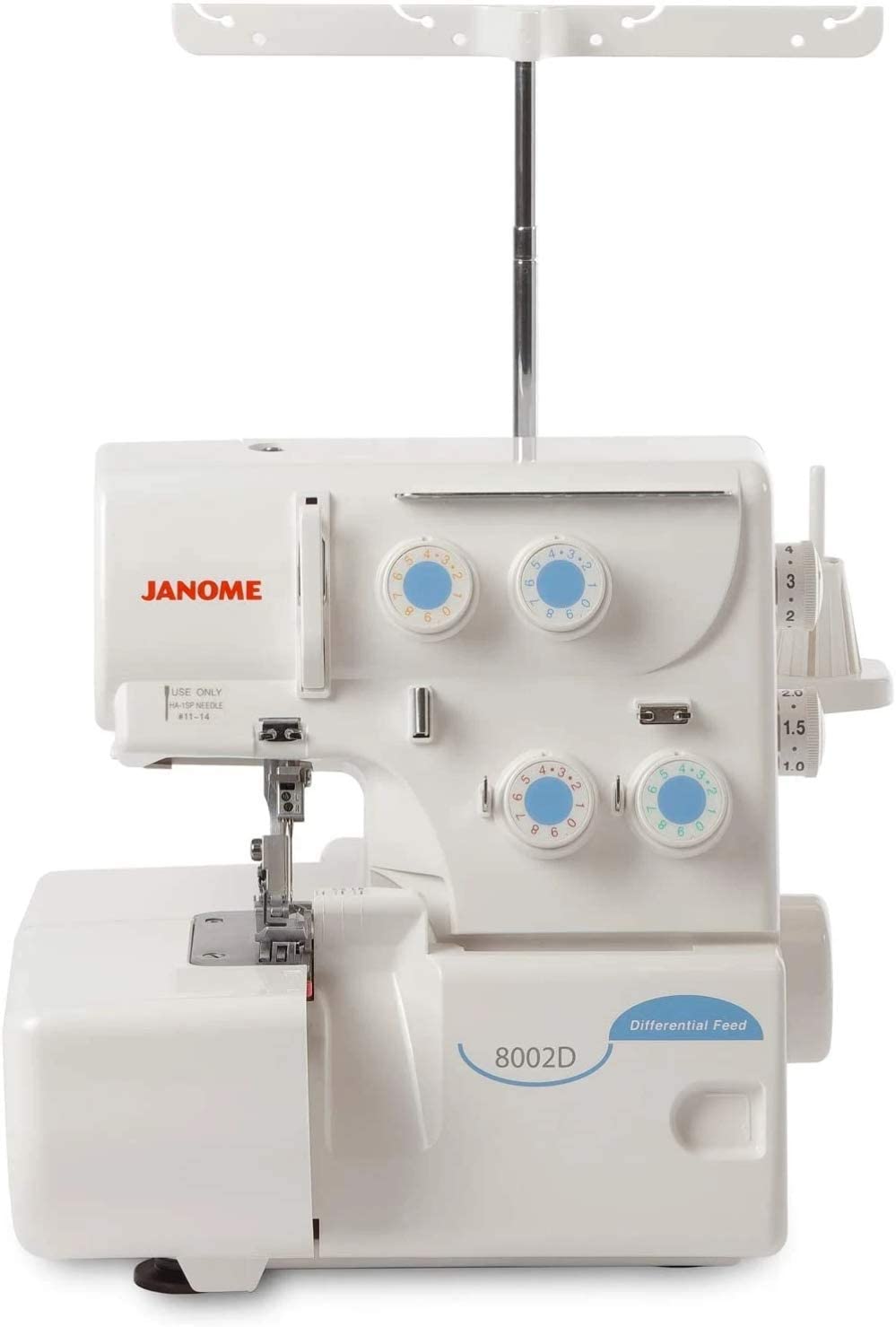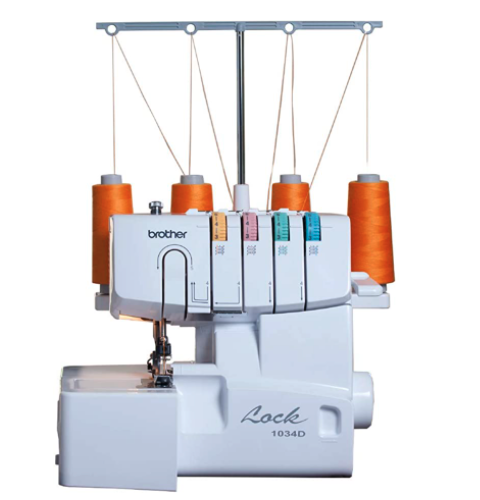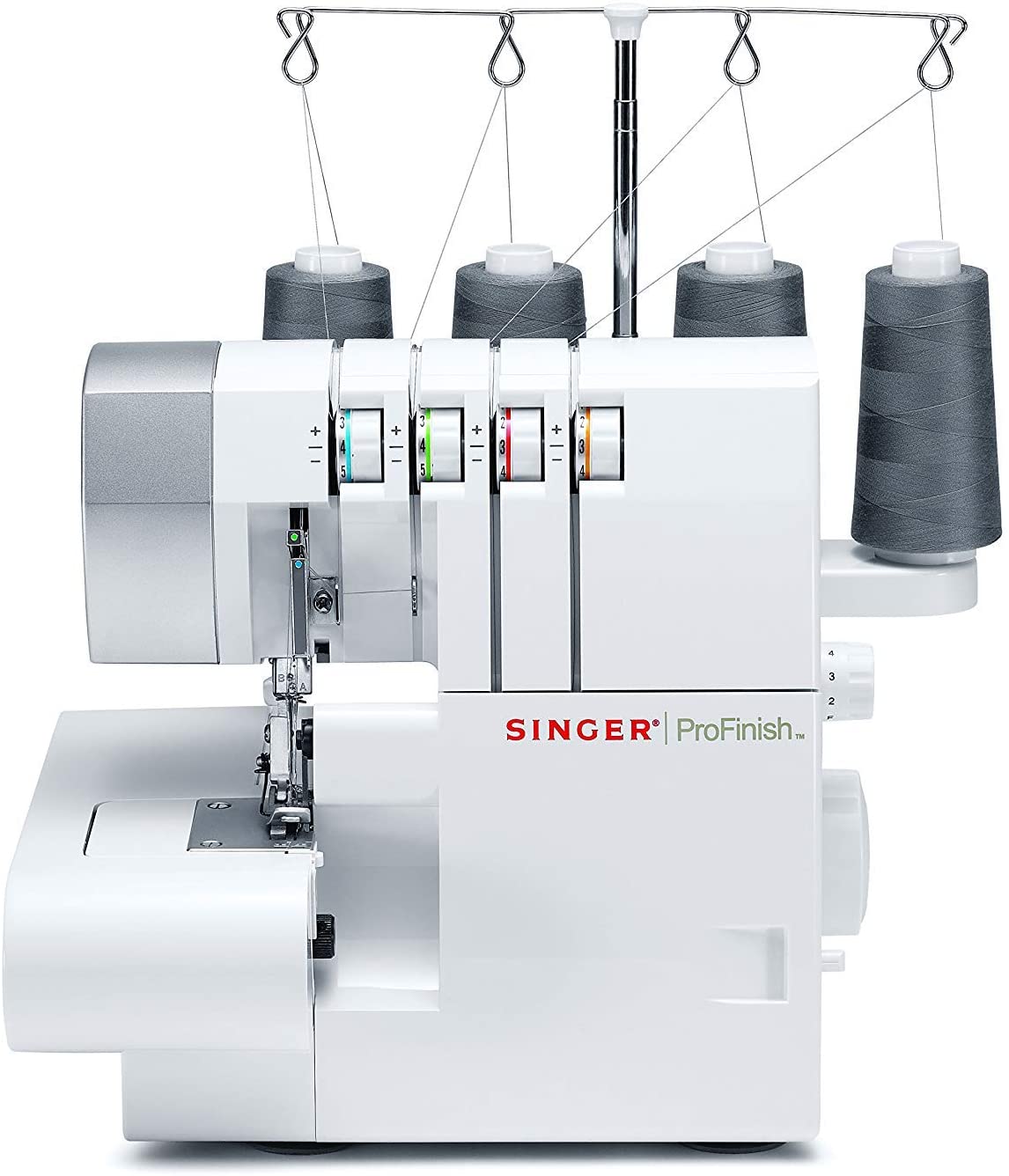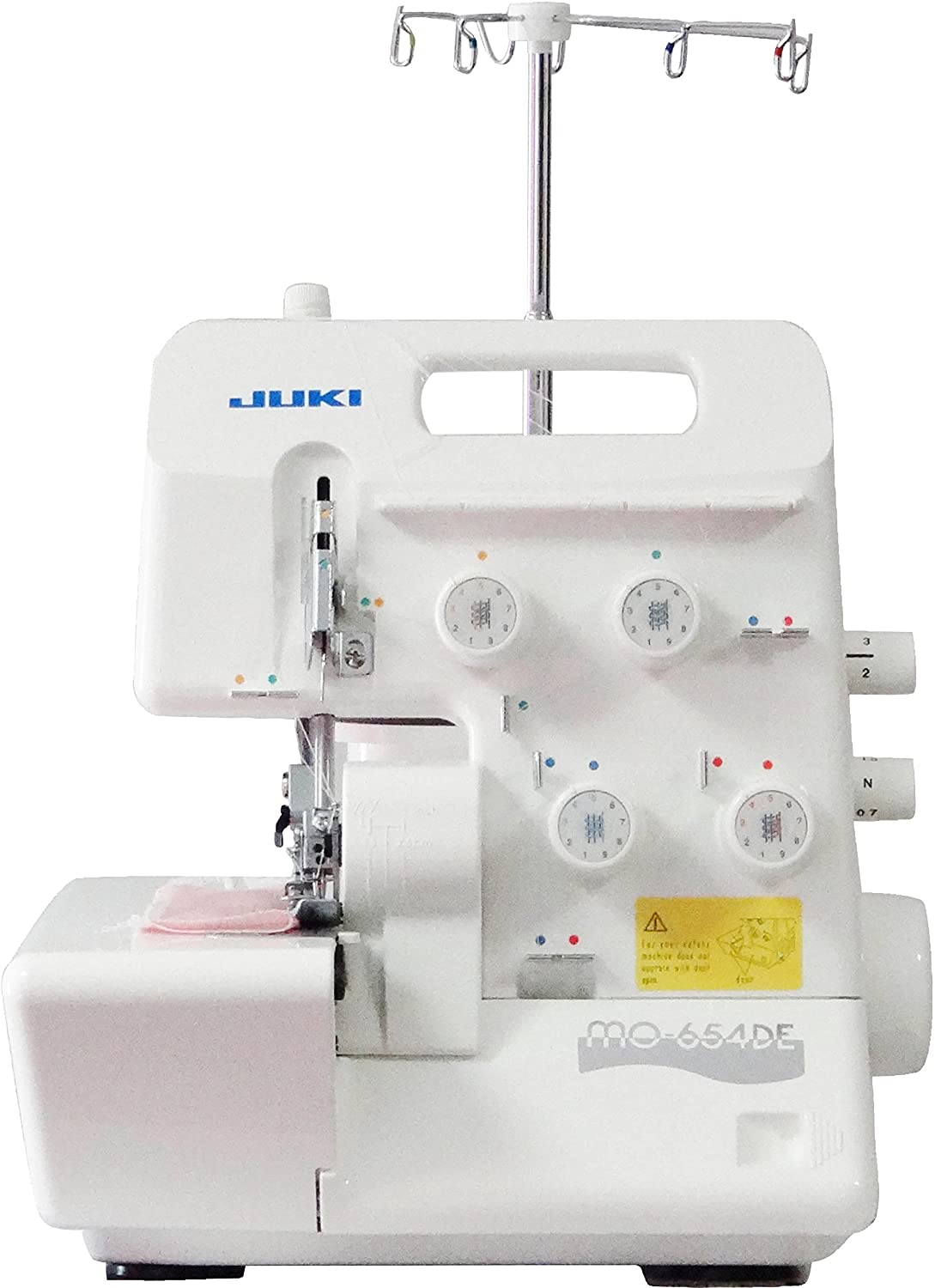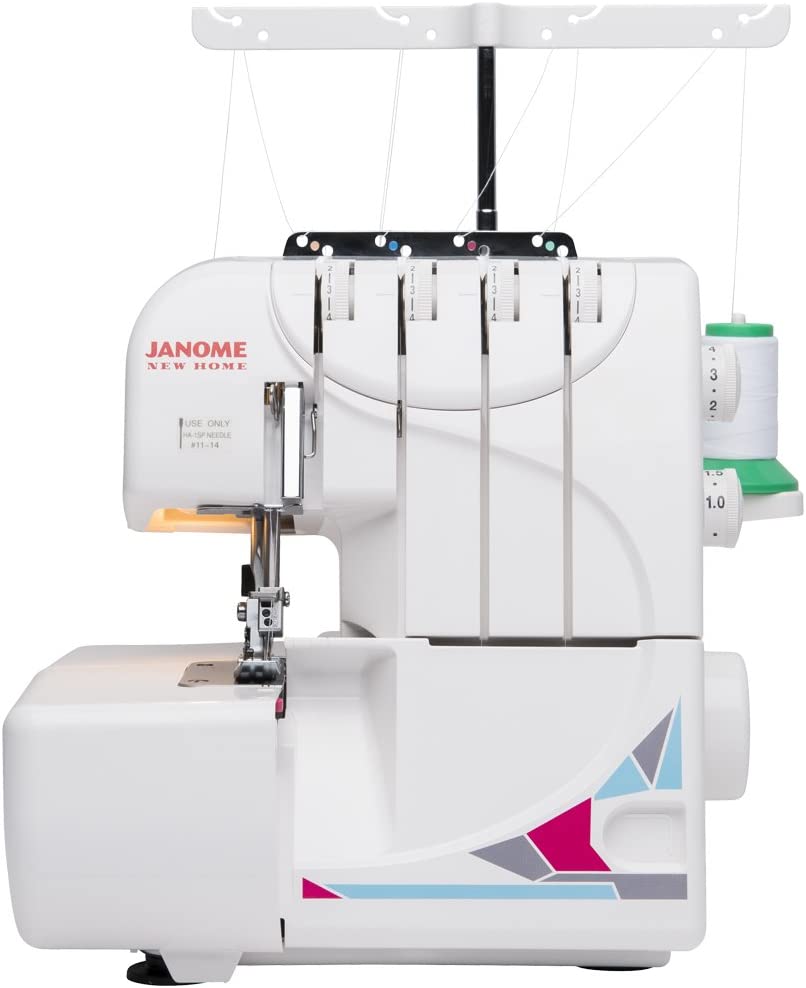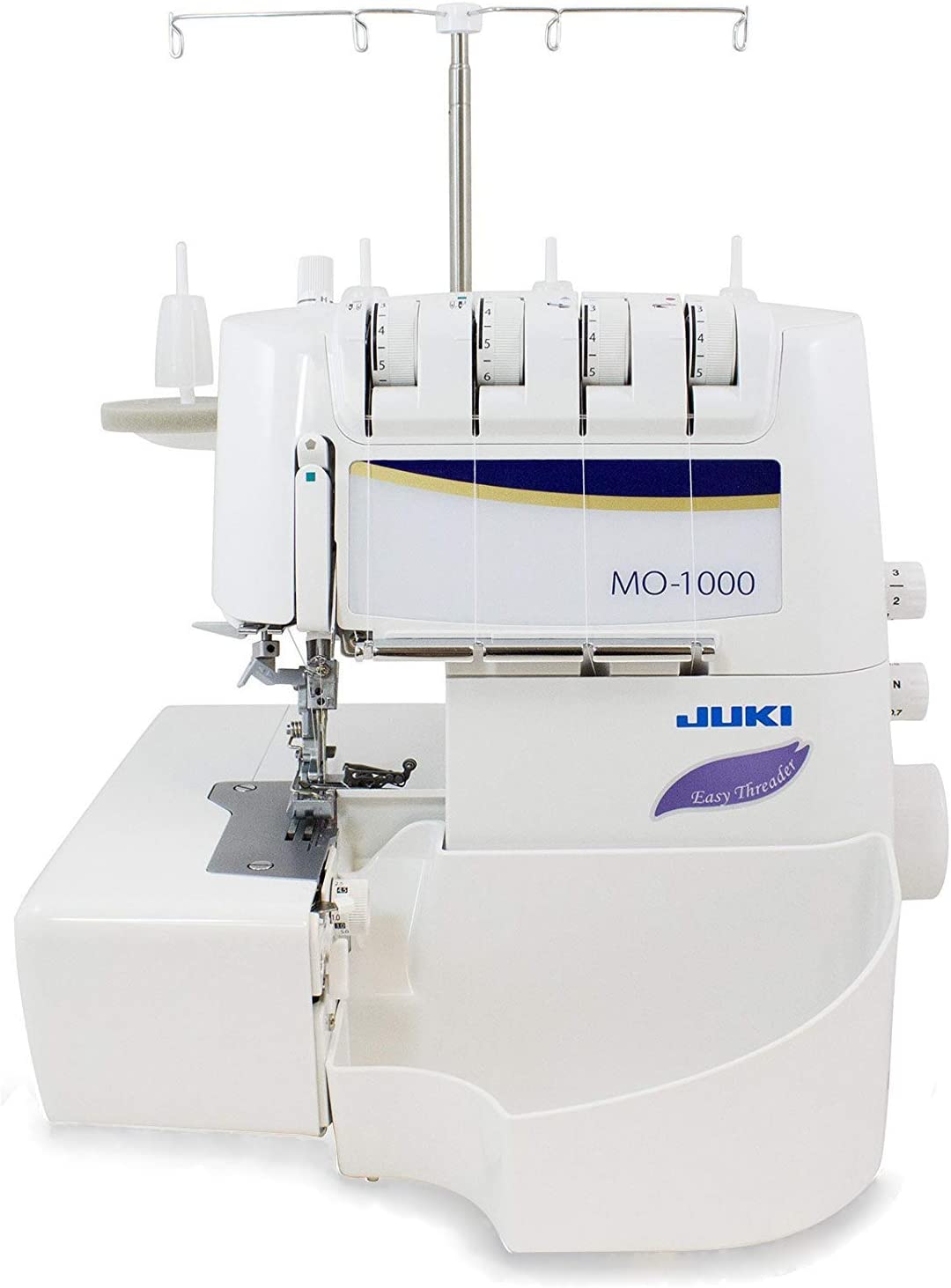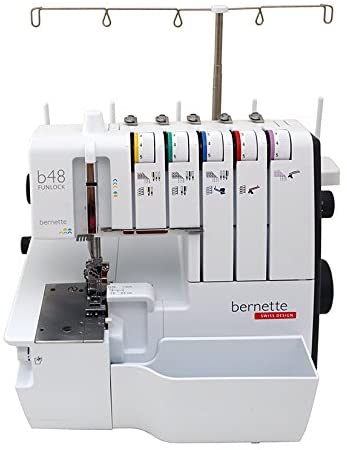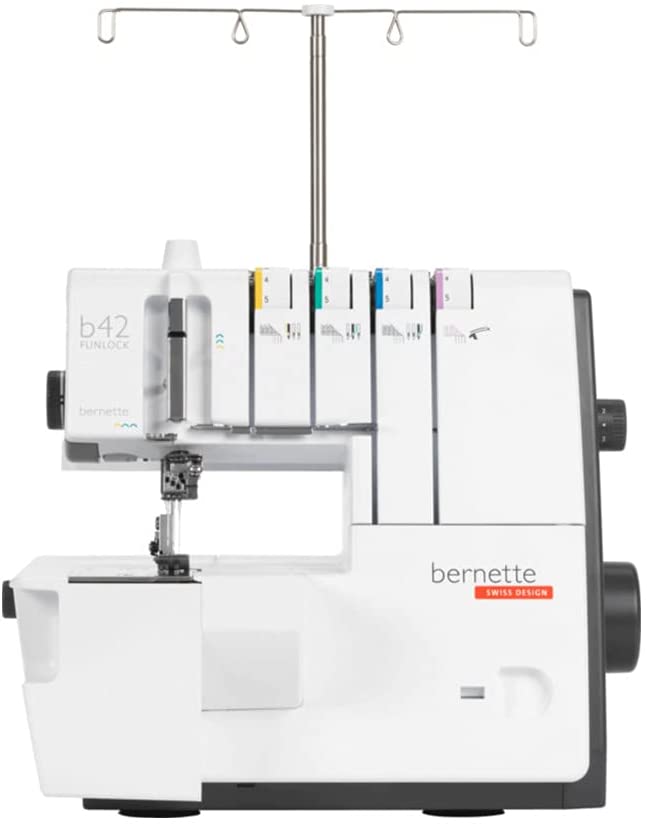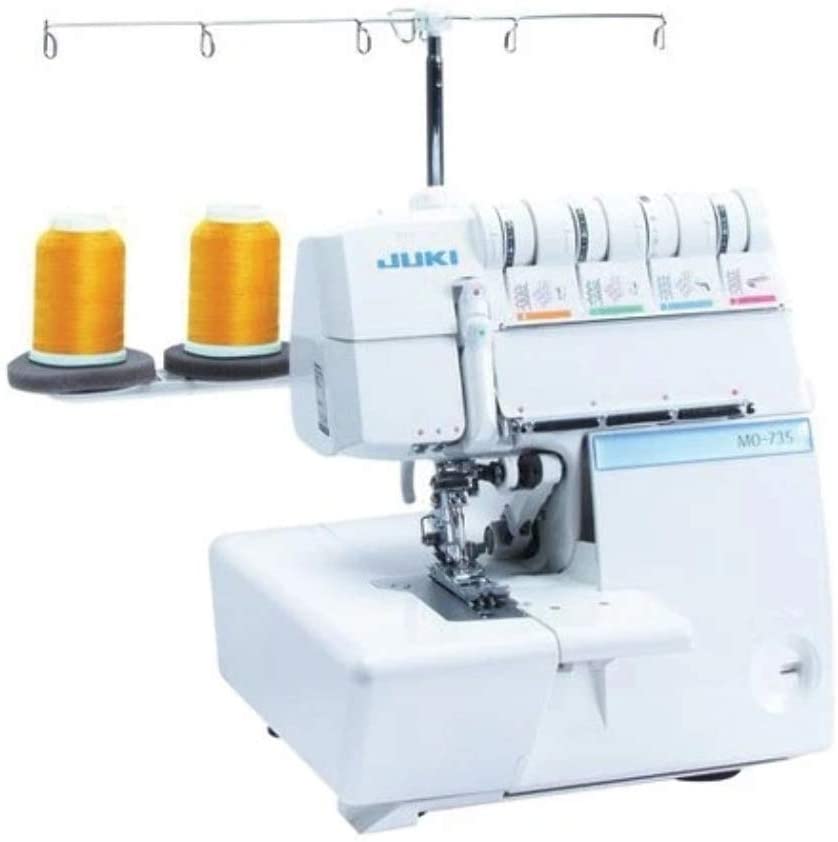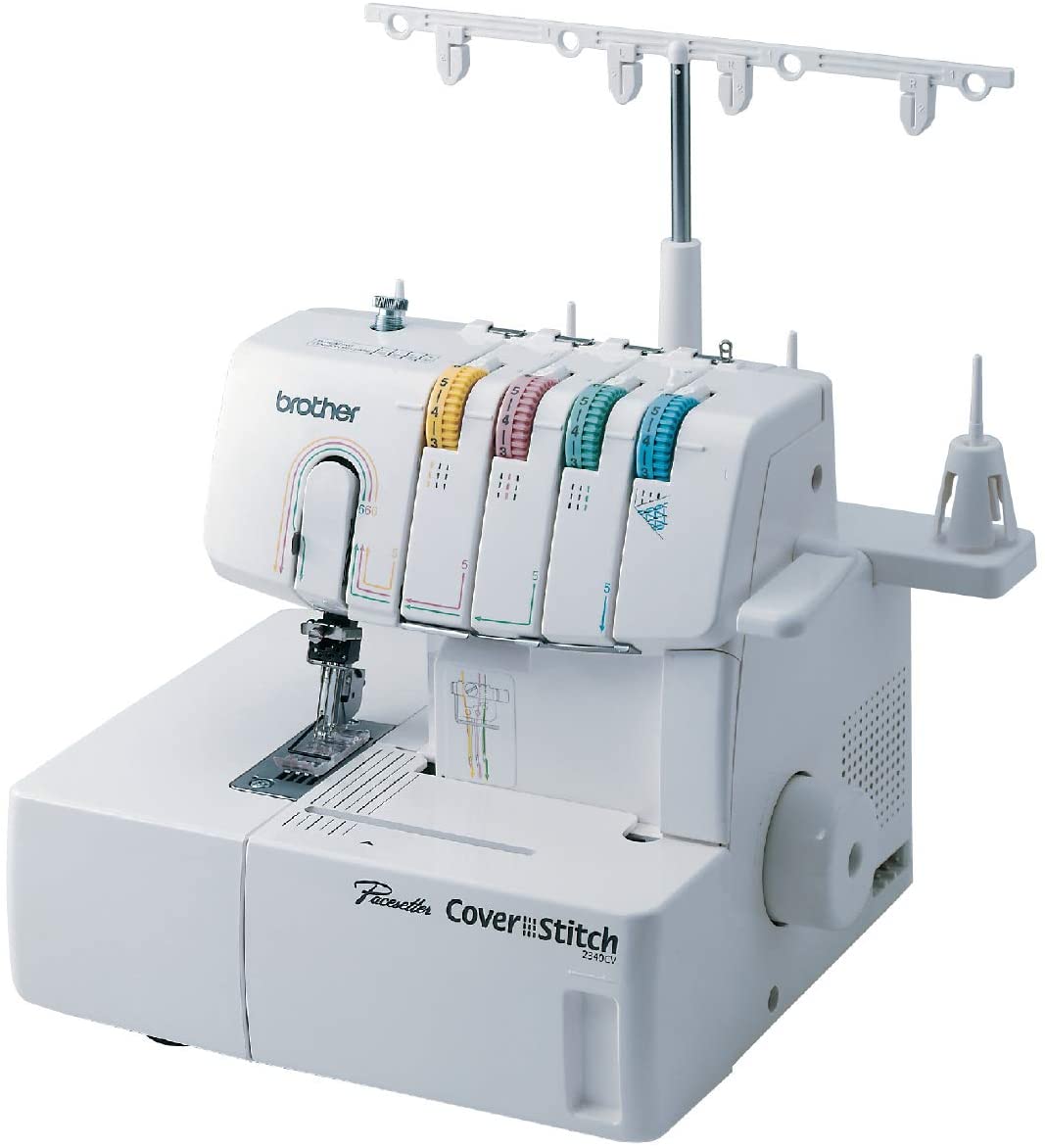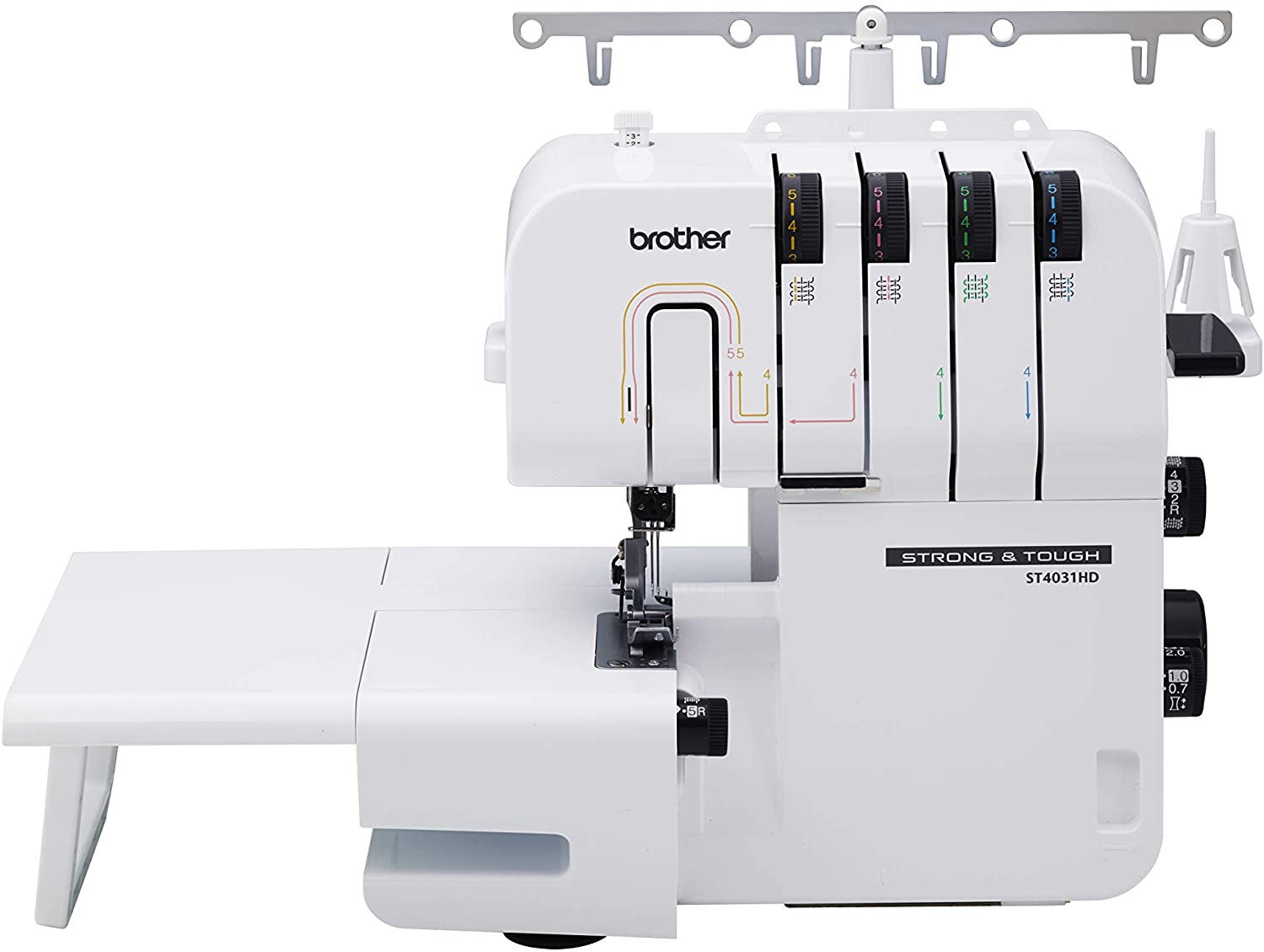Janome 8002D Alloy Steel Professional Serger
Last updated: May 31, 2023
This is a great entry-level serger that is ideal for beginners who want to create professional seams. The machine has a retractable knife, which makes it easy to remove leftover fabric at the end of a project. Threading the machine is simple with the color-coded threading chart.
We looked at the top Sergers and dug through the reviews from some of the most popular review sites. Through this analysis, we've determined the best Serger you should buy.
Product Details
Key Takeaway: Create a professional hem with this handy setting.
In our analysis of 46 expert reviews, the Janome Alloy Steel Professional Serger
placed 8th when we looked at the top 11 products in the category. For the full ranking,
see below.
From The Manufacturer
The 8002D serger provides professional results at an extraordinary value. This 3 and 4 thread convertible serger cuts, sergers and finishes seams in one quick and easy motion. The external color coded tension dials allow for easy threading and the rolled hem changeover device makes it easy to convert to a rolled hem. You’ll love the difference the 8002D will make in your sewing!
Expert Reviews
What reviewers liked
A reasonably priced 3 and 4-thread serger with differential feed and other helpful features.
Although there really isn’t such a thing as a plug and play sewing machine, the Janome 8002D Serger gets about as close to it as possible.
Good entry level machine
Very easy to use for beginners
The 8002D thread overlock offers great value, quick sewing speeds, and the ability to get started right out of the box. Because of its user-friendly design, this serger sewing machine is one of the best sergers for beginners.
This serger is powerful but still easy to understand and operate, thus it is a suitable option for beginners as well as professionals.
When compared with other sergers in its price range, threading the Janome 8002D is surprisingly easy… so easy, in fact, that using the tweezers is almost unnecessary.
A retractable knife makes it simple to remove leftover fabric at the end of a sewing project.
What reviewers didn't like
There is a great deal to learn about using this machine, be patient and keep your manual handy.
It’s a little tough to thread the lower loop at times and if you’re off just a little bit, the tension can become troublesome. This can mean broken threads and sewing delays.
No space to store accessories
Threading might seem a bit difficult at first for new users
For those new to using sergers they may find it difficult to thread the machine properly during initial attempts.
One thing that must be noted, however, is that the Janome 8002D requires that you use only HA-ISP #11 – 14 needles.
Those who are new to the world of sergers will find their initial attempts to thread this machine somewhat tricky. This serger model does not have an automatic tension adjustment feature.
From our partners
